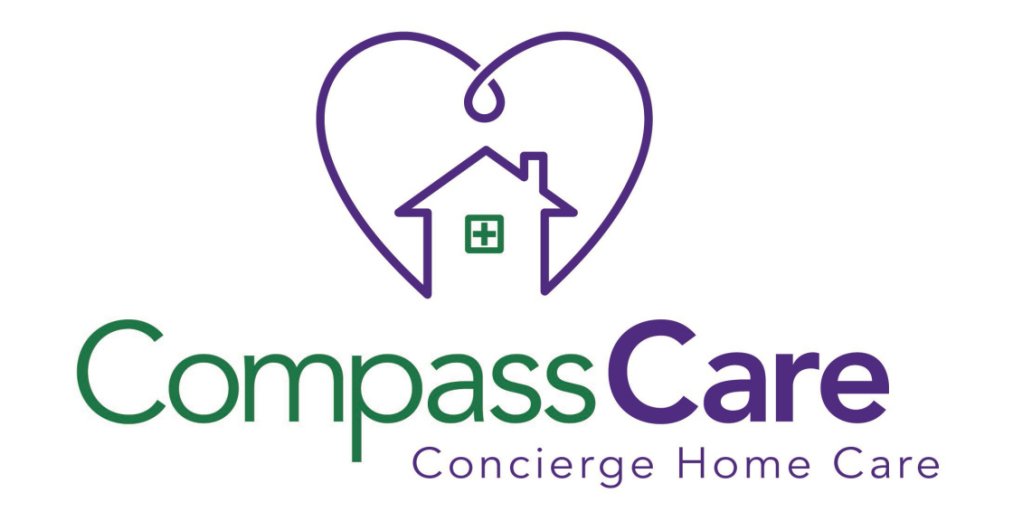Caregiving Redefined
There is no doubt that the pandemic has changed just about every aspect of our lives over the past year and a half. While at some points it has felt as though everything came to a standstill, other areas of life seemed to continue to move at an even faster pace than normal. The battle of precaution and safety versus the need and demand for normalcy is what caregivers have faced since the start of the pandemic. Caregivers have stepped up to be their clients’ home health aide, household organizer, telehealth facilitator, companion, teacher, cook and more. Now that most older adults are vaccinated, and many places have reopened, a sense of normalcy has set back into our daily lives. However, there are many things that may have changed for good such as more and more people getting weekly groceries delivered, having video instead of phone calls, taking online classes instead of in person, getting beauty treatments and massages at home, and having telemedicine visits with their doctors rather than in person. Caregivers have learned how to master new skills as we continue to navigate the ongoing pandemic.
Physical Distancing Without Social Isolation: In the beginning, it was mandated that in order to protect yourself and others from this virus, you should limit your exposure to other people. “Maintain social distancing” became a regularly used expression that joined our arsenal of commonly used phrases such as “cover your cough” and “wash your hands”. Staying 6 feet from others became routine and expected. To help understand the importance of keeping our distance from others, establishments provided tools to help us with this, be it signs, floor stickers, or arrows. Many of these signs and symbols for distancing and hand washing are confusing and unclear, particularly for older adults.While social distancing was and still is recommended as a way to prevent the spread of COVID-19, in some instances social distancing is not possible. As a professional caregiver and health care provider, being social and in close contact with others is part of their daily tasks. Caregivers who work not only in facilities, hospitals, and nursing homes but also those who work in clients’ homes all face the dilemma of providing care while also maintaining strict infection disease prevention. There is a fine balance that caregivers have had to find in order to provide the best care possible while also protecting their clients and limiting exposure. One of these adaptations to keep this balance is the use of PPE (personal protective equipment). Caregivers can keep in close proximity, but now while wearing masks. One of the challenges is the ability to properly communicate while wearing this PPE. Wearing a mask can disguise non-verbal communication, and can also muffle speech making it hard for some older adults to hear and understand what a caregiver is saying. Masks can also be off-putting for some clients as they may feel offended or become confused. In these instances, the caregiver should communicate and explain the reasoning behind the PPE and that they have the client’s best interest at heart.
Technology Tips For Staying Connected: Though restaurants, cultural institutions, and senior centers have reopened, the pandemic limited people’s social calendars over the past year. Instead of lunch dates, bridge club, and family visits, clients were mostly limited to their homes. In many cases, caregivers were the primary social engagement that people had day to day. Caregivers adapted and learned how to get creative with activities to fill the day, and also learned to navigate technology to facilitate zoom calls with friends and family, telehealth appointments, and online activities.3 Tips for Staying Connected
Use of video chats using smart phones, laptops or tablets.
Use apps on these devices to provide captions for adults with hearing challenges.
Encourage friends and family to call, write notes or send cards.
Virtual Doctor Visits: Because of limited exposure to health care providers, caregivers have become the best resource for the health care team. And for those living with a chronic illness, the relationship that they have with their caregiver(s) can be the most important relationship they have. Caregivers have learned to be comprehensive in their reporting and to be aware of any changes in their client’s health or behavior that would indicate that they need to be attended to by a physician. At CompassCare, through an online care and communication portal called Family Room, we provide family members and also our client’s clinical team the ability to access their loved ones care records at any time. This is part of our mission to provide the best care for our clients and to offer complete transparency on a daily basis.


